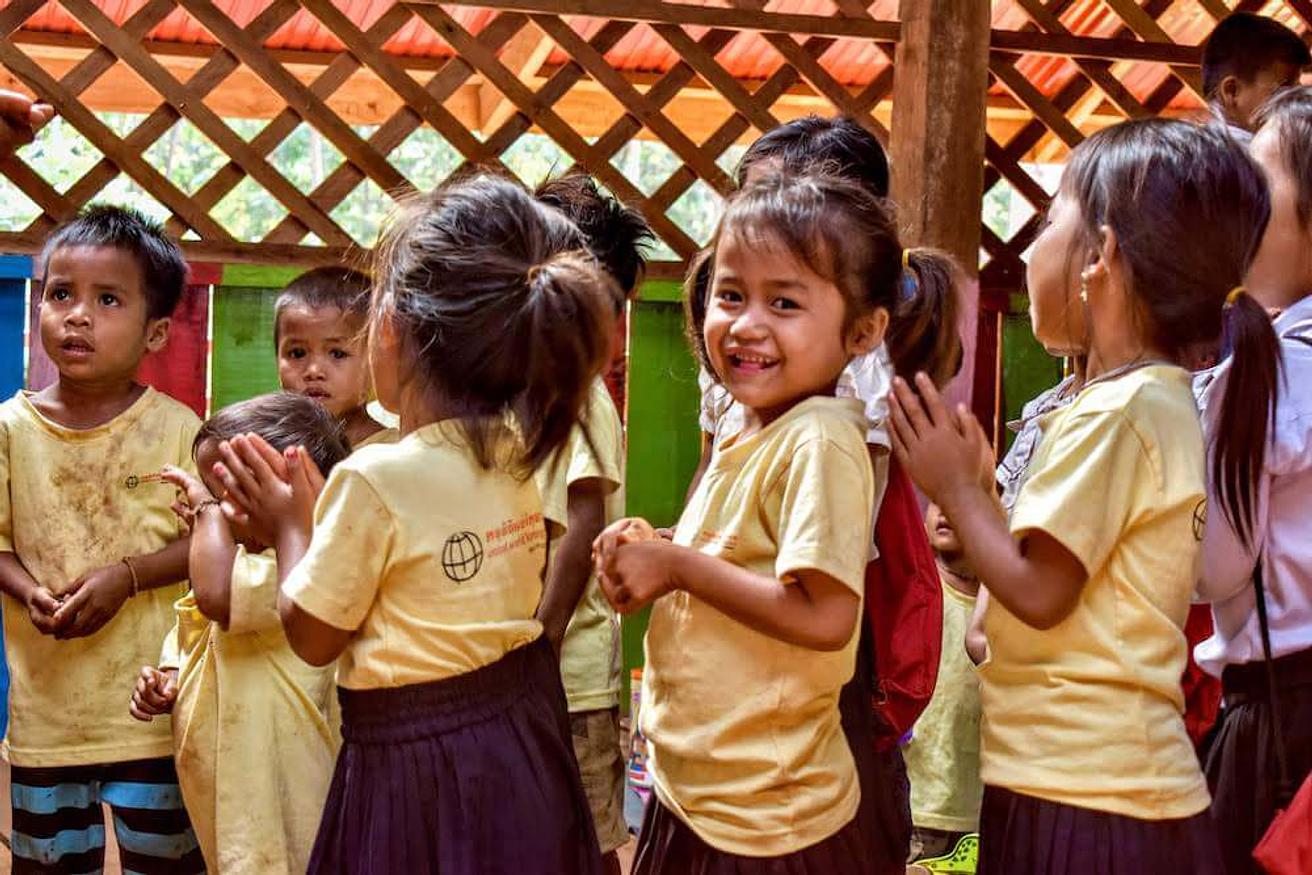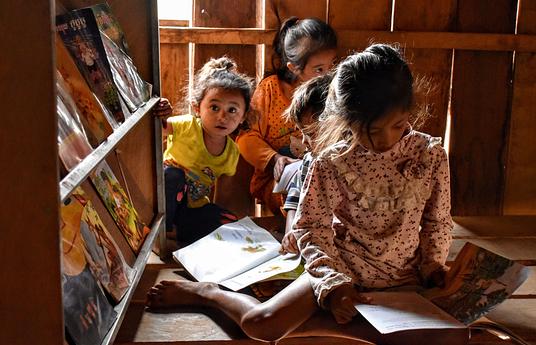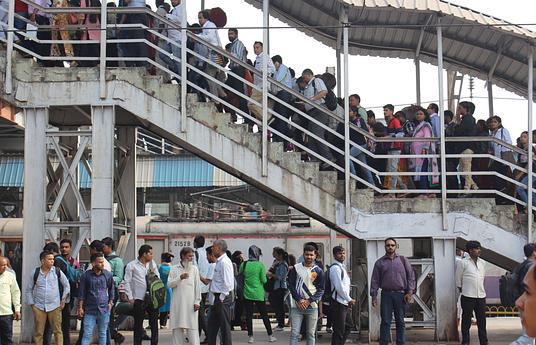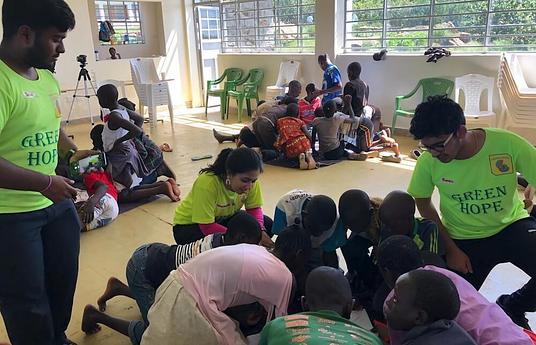These were the words spoken by UN Secretary General António Guterres to the UN General Assembly in September 2018. 18 months later and they still ring true, particularly for the global education community. Solidarity is the key to achieving Sustainable Development Goal 4 - inclusive and equitable quality education for all. Today, on International Human Solidarity Day, it is comforting to know that - despite ongoing international divisions and conflict - mutual support, compassion and action continues to be a catalyst for powerful change. Just this year, we witnessed environmental activism snowball when individuals gathered as part of the largest climate strikes in world history. At the heart of this was 16-year-old Greta Thunberg, joined by millions of school children around the globe, all united by their determination to put climate change on the international political agenda.
One of the most remarkable acts of solidarity over the past twenty years has been the commitment to the Sustainable Development Goals (SGDs) by all UN Member States. 193 nations have united in recognition of the need to end poverty, improve health and education, and reduce inequality. This concerted global commitment has meant that headway has been made towards the SDGs. The latest progress report demonstrated that the mortality rate of under 5s has fallen by 49% between 2000 and 2017 and the majority of the world’s population now has access to electricity. When we strive towards a common goal, we can achieve great things. It is time to do the same for education.
At United World Schools, we believe that at the core of solidarity is the principle of leaving no one behind. That’s why we say that we teach the unreached. We work with those who have been left behind by education systems. We partner with some of the most remote communities across the poorest regions of Cambodia, Myanmar and Nepal. These communities are a long distance from their nearest schools and are often ethnic-minorities. Many speak indigenous dialects which are not catered for by their respective national curriculums. We develop primary schools within these communities, giving children the opportunity to access a life-changing education and empowering them to break the cycle of poverty. However, simply developing a school isn’t always enough. Many of the children we work with face additional barriers to education - they are still being left behind. We want to address these obstacles that are preventing them from reaching their full potential.
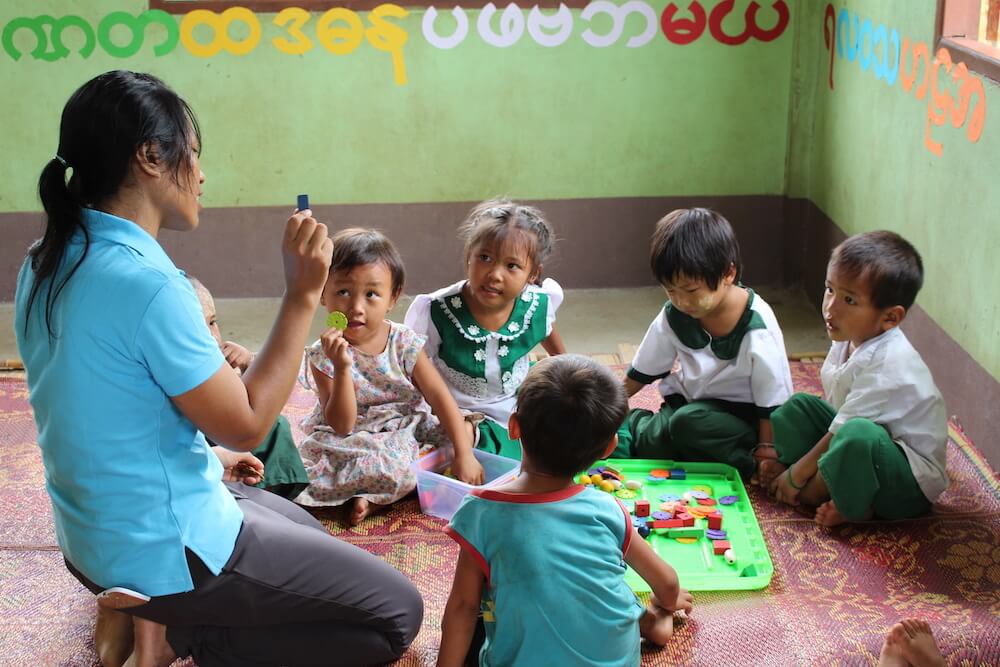
Language is a key barrier to education. If you can’t speak the language that your national curriculum is in, what hope do you have of graduating primary school? Our Community Teacher model addresses this issue. When we open a new school, we recruit and train teachers from the local area. These individuals speak both the national language and the indigenous dialect of children they are teaching. This means that students who cannot speak the national language are still able to learn the national curriculum, as their teachers can translate it into a language they understand. They also learn the national language of their country. In the long-term, this will allow them to participate in wider society outside of their villages, opening a new world of opportunity.
We believe that flexibility is at the heart of addressing barriers to education. In the Shan State of Myanmar, we found many ethnic-minority communities who only had a small number of children in them. These families are extremely isolated, living hours away from the nearest government schools and relying on subsistence farming to survive. Some of these communities only have 30 or 40 children within them, meaning they have never been a priority when it comes to allocating education resource. We normally construct a primary school from scratch, working with local communities to build up to eight classrooms and provide an engaging and safe space to learn. However, we knew this wasn’t the answer for such a small number of children and decided to review our model. The result was the development of ‘Community Learning Sites.’ Instead of a brand new school, we renovate existing community structures and resource them with everything children need to learn. We train local teachers to deliver engaging lessons in a language children can understand. This means even the smallest of communities have the opportunity to learn.
Finally, at the heart of our model is our belief in the power of the most educated to support those who are unable to access education. We empower these groups to stand in solidarity with one another. Our school partnership models twins our community schools with more affluent schools around the world. The students from these schools fundraise to support the costs of running our schools and, in the process, learn about the lives and cultures of other children. We believe this is truly the core of solidarity: using privilege and opportunity as a tool to improve the lives of others.
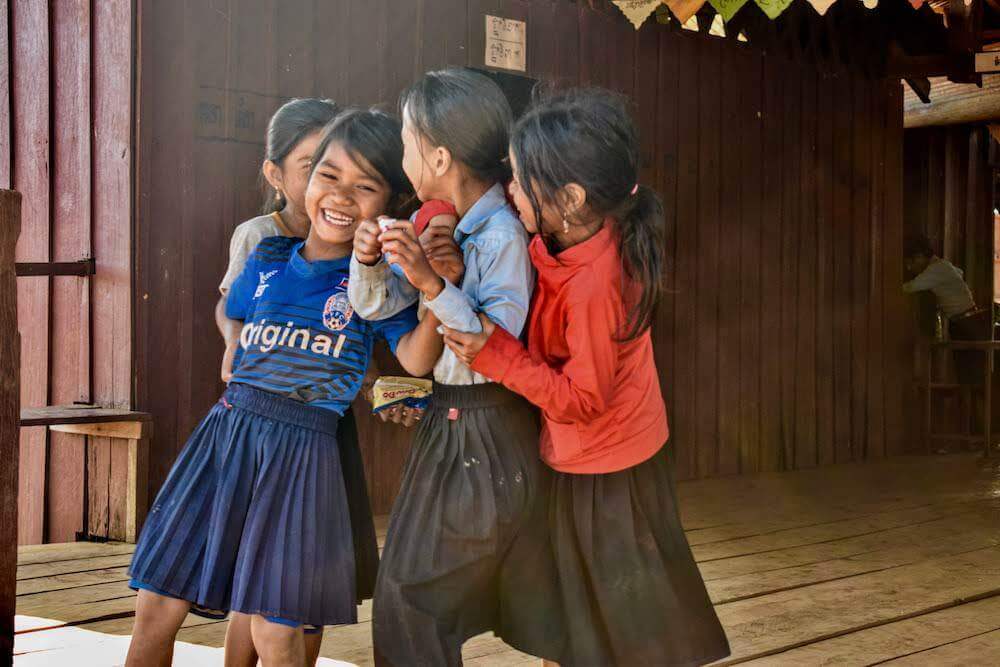
Solidarity can - and has - changed the world. By working in solidarity, we can ensure that every single child has access to inclusive education. The future of education rests in solidarity.
To know more about United World Schools, please visit their innovation page.
